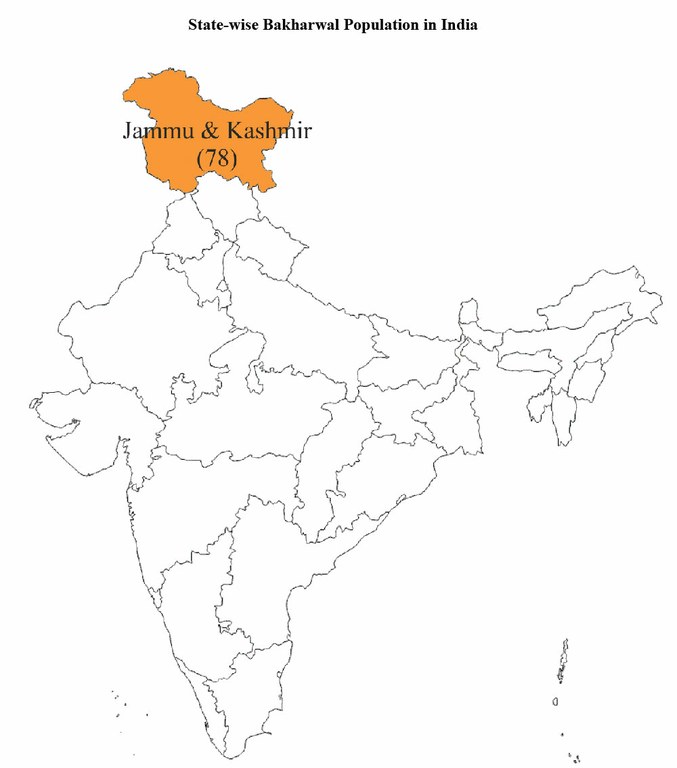Bakharwal
May 06, 2013
The name of the Bakharwal breed is derived from the nomadic tribe which rears these sheep. The breed has no distinct home tract, and the sheep are entirely migratory.
 Bakharwal sheep flocks, winter in the Pir Panjal ranges of the Jammu division, and in the summer migrate to the Kashmir Valley, crossing the high mountain passes. They are medium-sized animals, with a typical Roman nose. The fleece which is coarse and open is generally white, although coloured fleeces are occasionally observed. They are a coarse carpet wool breed of sheep. All animals are spotted fawn or grey. The rams are horned and the ewes are polled. The ears are long and drooping, and the tail is small and thin. Adult ewes weigh between 29 and 36 kg; rams can weigh as much as 55 kg.
Bakharwal sheep flocks, winter in the Pir Panjal ranges of the Jammu division, and in the summer migrate to the Kashmir Valley, crossing the high mountain passes. They are medium-sized animals, with a typical Roman nose. The fleece which is coarse and open is generally white, although coloured fleeces are occasionally observed. They are a coarse carpet wool breed of sheep. All animals are spotted fawn or grey. The rams are horned and the ewes are polled. The ears are long and drooping, and the tail is small and thin. Adult ewes weigh between 29 and 36 kg; rams can weigh as much as 55 kg.
Most of this breed has now been crossed with Merino for improving greasy-wool production and quality for apparel wool and only a small proportion of flocks still contain pure Bakharwal animals. The sheep are shorn three times a year. The total annual wool produced per animal ranges from 1 to 1.5 kg. According to the 18th Livestock Census of 2007, there are only 78 Bakharwal sheep in the state of Jammu and Kashmir in India. The National Bureau of Animal Genetic Resources has put the Bakharwal sheep breed on the ‘endangered species’ list.

Text Source: http://www.fao.org/docrep/004/x6532e/X6532E06.htm#ch5.2.3
Photo Source: CSWRI, Avikanagar









